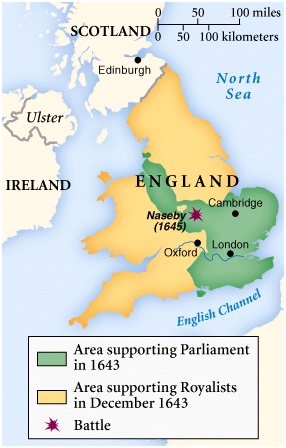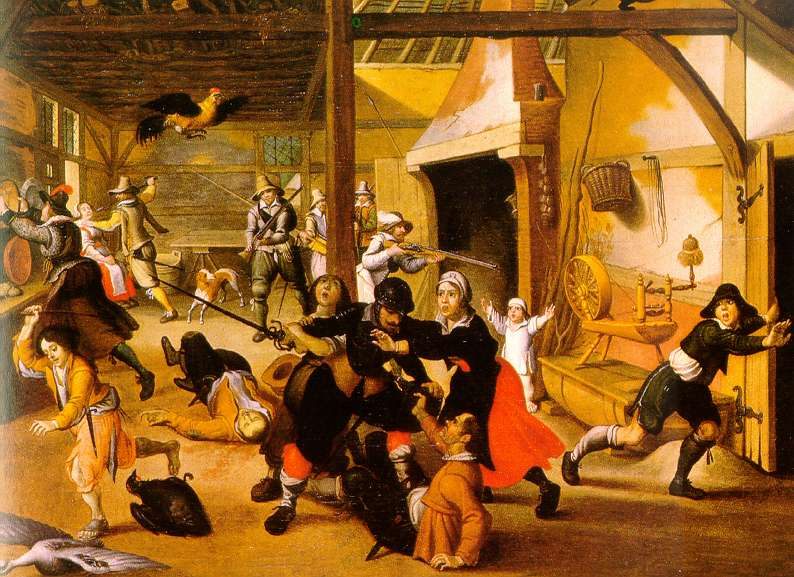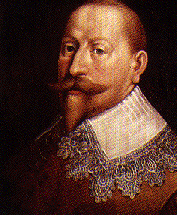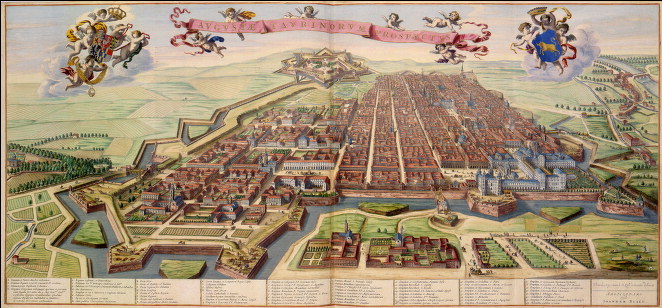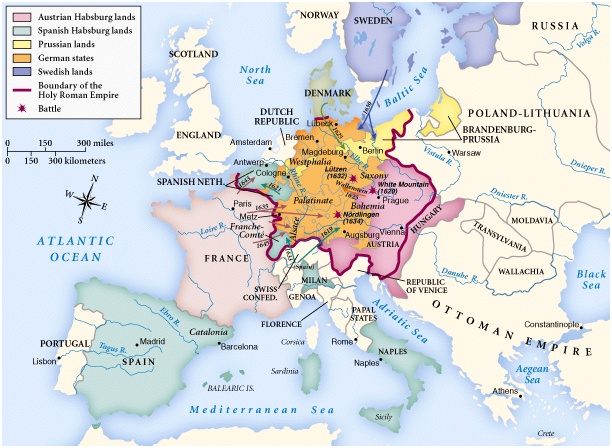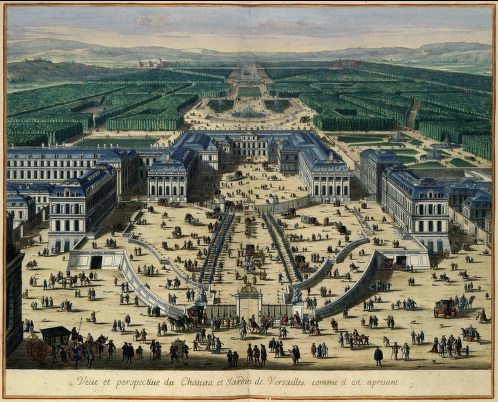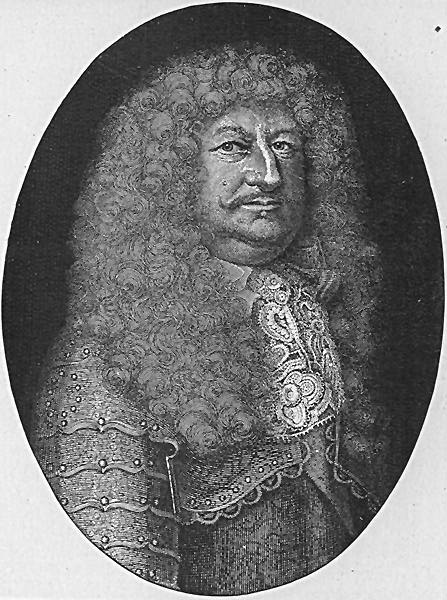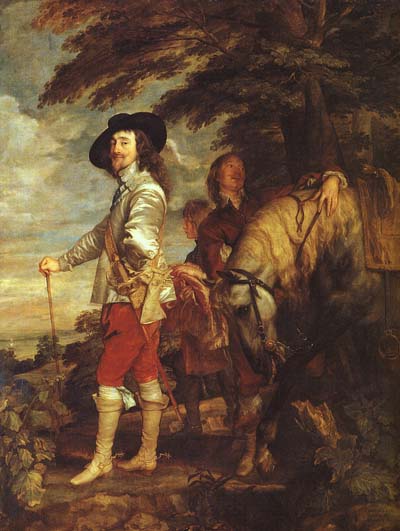 Constitutionalism and Revolution in England
Constitutionalism and Revolution in England
Image: Anthony Van Dyck, Charles I After the Hunt (1635). Canvas, 2.66 m x 2.07 m. This is by far the most royal portrait of Charles, showing him as distinguished and well bred courtier, his elbow jutting toward the viewer in a gesture of self-confident authority. Source: Musée du Louvre.
I. Introduction: A Gray Day in January, 1649
II. The “Absolutism”
of the Stuarts
A. James I and “Divine Right” Monarchy
B. Court versus Country under Charles I
Image:
King James I & IV of England and Scotland (1567/1603-1625)
Image: Henrietta-Maria of France (1609-1669)
III. Parliament, “Gentry,”
and the Crisis of Authority
A. The English Parliament in European Comparison
B. Establishing the Permanence of Parliamentary Rule
Map:
English Parliamentary Boroughs
Image: England's
Great Joy and Gratitvde Expreß'd
Image: An Anti-Cromwell Broadsheet, The
Royal Oake of Brittayne
IV. Religion, Culture--and Social Conflict?
Archbishop
William Laud (1573-1645)
The Trial of Archbishop Laud (1645)
Image: Parliamentary Soldiers
Destroying "Popish pictures"
Image: The Souldiers Pocket Bible
V. The “News Revolution” of Seventeenth-Century Britain

Image: Samuel Cooper (1609-1672), Portrait of Oliver
Cromwell (1657). Watercolor, unfinished, Drumlanrig Castle at Scotland.
Source: CGFA.
